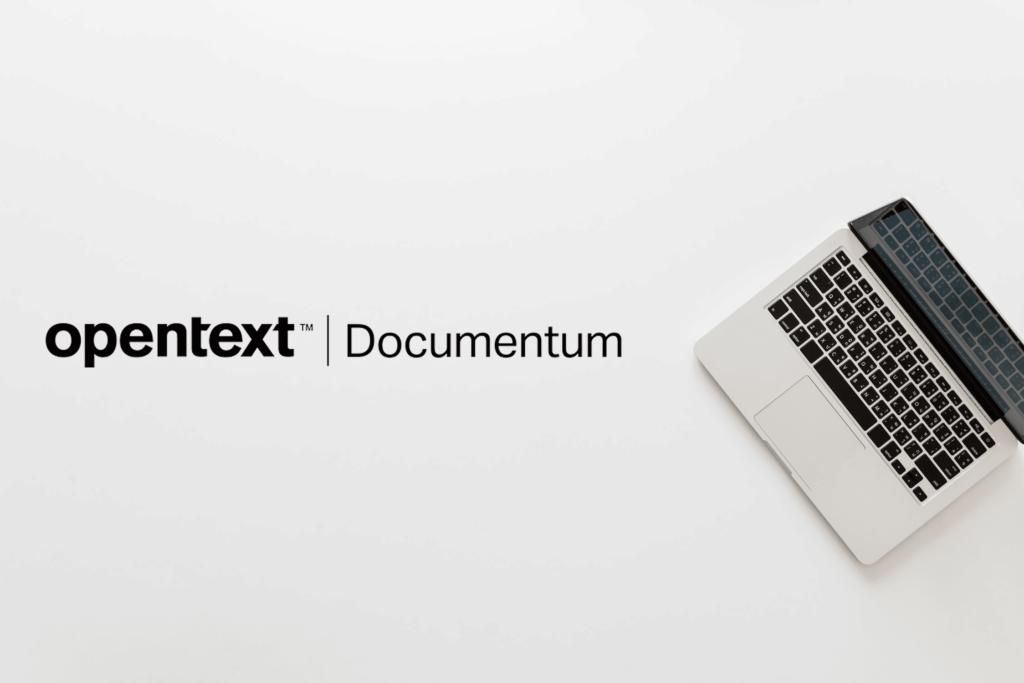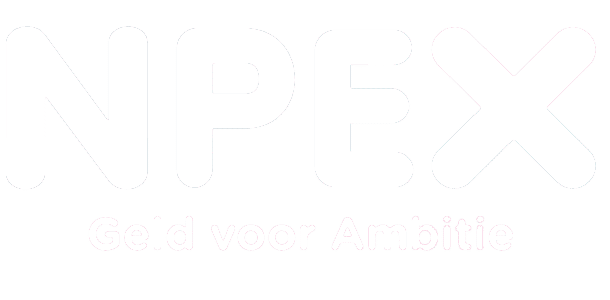Last week I attended the Momentum Developer Conference.It was the first one to be held in 6 years and it was a great succes.With all the new products that EMC is releasing there was a lot to be learned. And learn we did, in keynote sessions, presentations and hands-on labs.
One of my main interests was in xCP 2.0, a completely new product that can be used to create Documentum applications with a fresh, modern UI.The slides from Momentum in Vienna looked great, so I was keen to find out more. And so I did, in some great sessions, a full day of hands-on labs and a Hack-a-thon where we built our own xCP application.
My first impressions of xCP 2.0 are very positive. Having had experience with Documentum since Workspace 3.0 i can compare it with most of their products. The first thing I noticed is the overall level of enthousiasm. Dan Ciruli and Ahson Ahmad did a great co-presentation about what xCP can do and after that people really wanted to get their hands on and never let go. There is so much excitement in the developer community. They WANT to start building with this new tool. That is very different from the old applications like WebTop, where the feeling was more that you HAD to build with WDK, like it or not (and I won’t even go into RightSite here).
What can we expect from xCP2.0?
It is platform for building applications on top of Documentum 7.
It has a development tool called xCP Designer, that integrates and replaces all of the tools you needed for xCP 1 applications, like Composer, FormsBuilder and ProcessBuilder.
The Designer is used to configure all components of an application. Designer projects can be version controlled using SVN or some other version control system. Projects can be aggragated into libraries that can be re-used in other projects.
WDK has been replaced by a modern user interface based on HTML, CSS and extJS.
It supports all of the new D7 features, such as Business Events, Relationships and Stateless Processes.
Instead of FormsBuilder there is now a Page editor that can be used to build an application’s user interface. There is a Master Page and you can add your own pages. Pages are made up of widgets. The options for inter widget communication are very powerfull. Widgets can be linked so that a widget is updated when another widget’s content changes for instance. Combining that with the new expressions model and stateless processes opens up some great opportunities.
Data Services are operations on objects in the system. Data Services can be used to add, change, or delete information in your xCP application. Data Services are generated automatically for the object types you model in xCP Designer, so if you add a Employee, CaseFolder, or HrDocument type to your application, you will be able to use Data Servies to work with these objects in your application’s UI widgets, or processes. Data Services can also be created from Queries (DQL-, BAM- and full text queries).
Business Events are the replacement of the old TBO and give you the ability to configure many of the things that you needed to program in Java in D6. With a Business Event you can start a process, or add data to the BAM database when things happen to objects in the system, such as its properties change, it is linked, its is related to another object, etc.
Relationships aren’t actually new; they have been in the object model for years, but they have been enhanced so that the relation can have it’s own custom properties. xCP Designer supports releationships everywhere and really makes them shine. This really changes the way be build Documentum applications.
xCP leverages the xMS deployment mechanism. It takes a bit of setting up, but after that, deploying your application can be done by simply clicking the green ‘play’ button in xCP Designer. Very nice!
So, what is my impression, having worked with it for a day?
I think it’s great. This is the sort of thing that Documentum needed, the sort of thing that can change a customer’s mind set from ‘Why do I want this?’ to ‘I really want this!’ The sort of thing that will finally stop the old timers from thinking back warmly to the good old days of WorkSpace.
The new xCP model offers so much power and flexibilty that we spent a full day in labs with a room full of developers and none of them complained that we did not write any code at all.
The only things that can bar xCP2 from being a success now are product bugs and frustrations in run-time debugging. As for the former, we will see in the coming months but it looked pretty stable in the labs. As for the latter, the xCP product team is working on an end-to-end debugger in xCP Designer.
Enough said, I am off to the PowerLink download site. D7 and xCP2 are available there now!


















